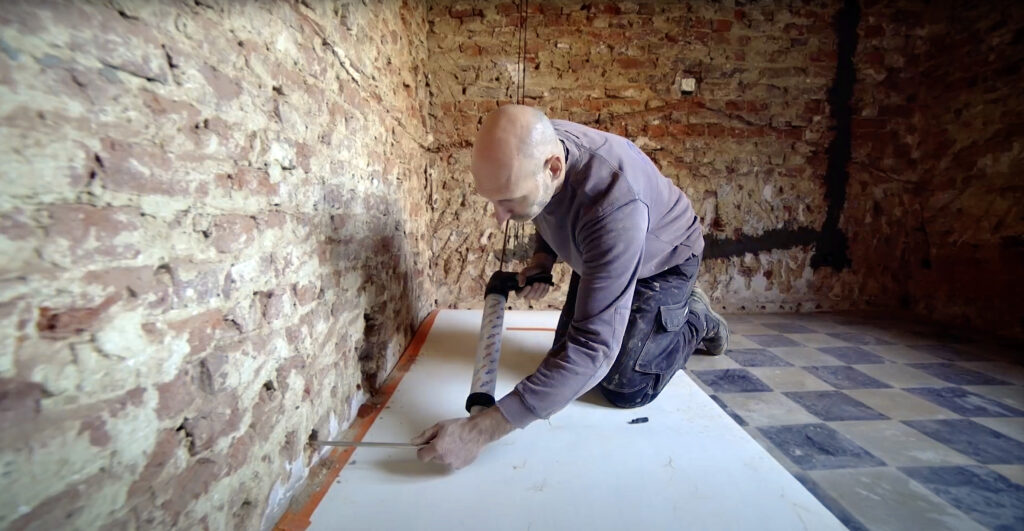1. Use Intermediate Break-Options
Don’t wait until the end of your lease contract but use an intermediate break-option (e.g., after 6 years) as a negotiation leverage and claim a new ‘loyalty incentive’ for not leaving. The initial rent-free periods you got at the beginning of the lease contract were an incentive linked to the first ‘fixed’ lease period (e.g., 3 or 6 years). If you decide to stay (or better said: not to leave), you’re entitled to a new ‘bonus’.
2. Conduct a Market Survey
Don’t just ‘have a chat’ with your landlord but do a market survey and compare all your options, even if you have no intention of leaving. The stay-or-leave business case with the financial and qualitative comparison of all the scenarios will give you the insights you need for a well-prepared negotiation and it will allow your management to make an informed decision for the future.
3. Start on Time!
Develop your stay-or-leave business case at least 18 to 12 months before your break-option or end date. Tenants tend to reveal their ‘stay strategy’ by starting too late and leaving no time for a possible relocation scenario (which requires at least 6 to 9 months!).
4. Do the Maths from Your Landlord’s Point of View
Calculate at what lowest rent your landlord is willing to keep you as a tenant instead of running the risk of finding a new tenant.
5. Align Your Lease Period with Your Business Strategy
Since financial forecasting in most companies runs over 5 years, it makes sense to adjust your lease contract and sign a ‘5/7/9’ instead of a ‘3/6/9’ or a ‘6/9’. Not sure you’ll need the full surface in the next upcoming years? Sign a lease contract for 5 years fixed for 80% of the surface and 20% with an annual break-option instead of a ‘3/6/9’ for the whole surface. You’ll have more flexibility and far better lease conditions!
Want to read more tips & tricks?















